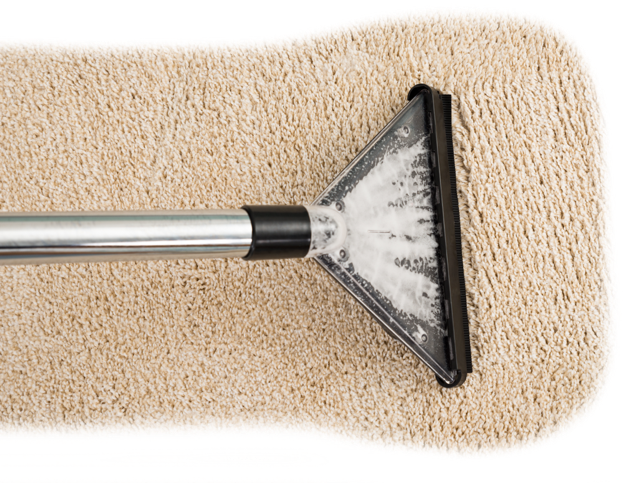After- Care Procedures
Congratulations on having your home professionally deep cleaned.
Your carpet, rugs, upholstery, or hard surface floor were cleaned in accordance with generally accepted industry standards of care. Here are a few tips to help make the most of your cleaning:

- Please allow plenty of time for your carpet, rugs, hard surface floors and/or upholstery to dry before returning to normal use. Drying times for carpet generally range from 2 hours to 24 hours. How long your carpet takes to dry after cleaning is related to the type and construction of the carpet, the type and degree of soiling and whether we applied any post cleaning treatments. Even more importantly, drying time is always directly related the ventilation and airflow in the home during and after cleaning. The humidity of the indoor and outdoor environment are also extremely crucial considerations. In some situations, we will employ professional air movers and fans to decrease drying times.
- We recommend minimizing traffic on damp carpet, rugs, or hard surface floors. Please remember that your feet can be slippery when walking from damp carpet onto hard surfaces or down-stairs. Wearing house shoes when you need to walk on damp carpet will keep oils from feet and socks from transferring into carpet. Upholstery should not be used until fully dry.
- Your technician may place foam blocks or foil squares under the feet of furniture to prevent rust or wood stains from transferring to carpet and to prevent moisture from carpet from wicking into your furniture. Please do not remove these blocks until the carpet is fully dry.
- Occasionally, a carpet will look great after cleaning, but during the drying process areas begin to look dingy in traffic areas and/or spots can reappear. This is called “wicking”. Wicking is generally caused by heavy soiling deep within the carpet beyond what even the best equipment can extract without over-wetting during the cleaning. As the surface of the fibers dry, dirt carrying moisture wicks upward, drawn by the dry fibers on the surface. This can present in large areas such as traffic patterns or be limited to smaller spots. Should wicking occur after your cleaning, please give us a call to discuss options. The best way to prevent the likelihood of soil and spot wicking is to professionally deep clean your carpet within frequency guidelines established by carpet manufacturers and health authorities. Please consult with your cleaning technician or call our office for more information
